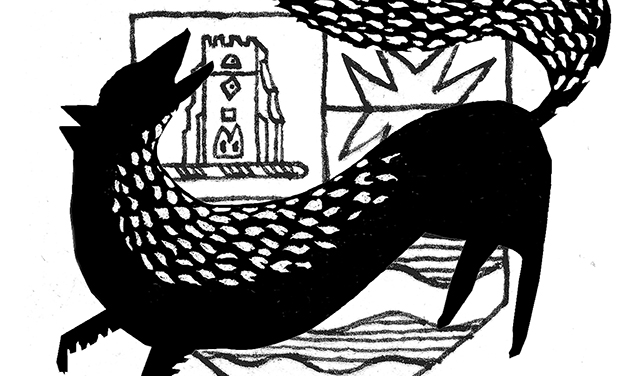Leader – dust and destruction in Dalston

“Traces of its course were visible on every side. Houses were knocked down; streets broken through and stopped; deep pits and trenches dug in the ground …”
Thus did Dickens, in the novel Dombey and Son, describe the chaos the coming of the railway brought to Camden Town.
In this respect, little has changed since the great novelist’s day.
Dust and destruction still accompany the birth of new rail lines, and there is an understandable fatalism about all this.
After all, clearing space for public transport links in a city like ours almost inevitably means demolishing things.
This has happened in the West End to accommodate Crossrail, a scheme many Londoners surely welcome.
Now that Dalston is in the project’s crosshairs, important lessons must, however, be learned.
Crossrail 1 – the name given to the new line running from Shenfield to Reading via central London and due to open next year – laid waste to the historic area of St Giles and turned parts of Soho into what seemed like a perpetual building site.
Crossrail 2, the next phase of the project, now looks set to cut a disruptive swathe through Hackney.
The line, which is expected to open in 2030, would provide fast connections to Clapham, Wimbledon and beyond – but the construction work to create station facilities would wreck characterful Bradbury Street (see page one lead story).
Several businesses and residents in Dalston have suggested sparing Bradbury Street and building on Kingsland Shopping Centre – an eyesore that few people are likely to miss – instead.
This eminently sensible idea should be fully explored, because, while Bradbury Street is the kind of place that gives Dalston atmosphere and a sense of place, the shopping centre is forgettable and feels like it could be anywhere.
Crossrail 2 is needed, but that does not mean the plans should go ahead at any cost. It makes little sense if the very places the railway is meant to connect are obliterated in the process of building it.
